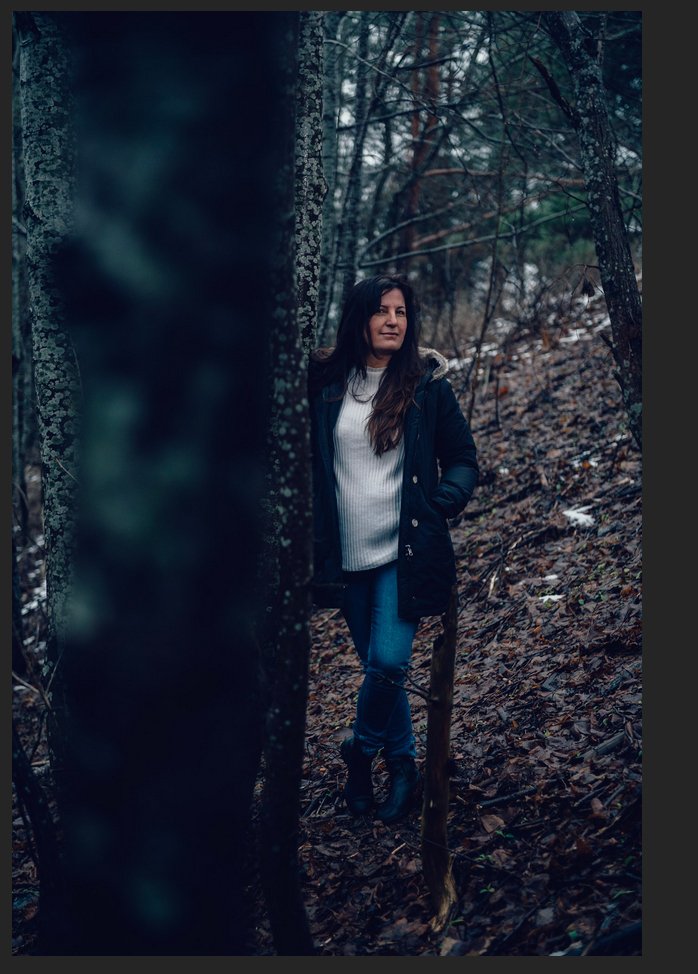They solve cold cases
An iceman, an ice valley woman and three polar travellers. What happened to them? Meet the scientists who solve the really cold cases.
Text: Ola Danielsson, first published in the magazine Medicinsk Vetenskap no 1/2021.
"We don't know who did it"
Name: Lars Engstrand
Title: Professor of infectious disease control at the Department of Microbiology, Tumour and Cell Biology, Karolinska Institutet.
Conducts research into: The importance of intestinal flora for our health and pandemic preparedness.
Cold case: The iceman Ötzi.

"There were two hikers who found the body on a mountain in Tyrol in 1991. It had been sheltered in a rock crevice under an ice cap that had now thawed. But who was it?
First, a crime scene investigation was launched. But the body had strange fur clothes and a few meters next it was an old axe. Soon one began to realise that this was a very old finding. Using the carbon-14 method, the age was determined to be 5,300 years.
In 2010, he was thawed for eight hours so that scientists could take samples and I was in charge of the stomach team. It was a very special occasion and one that has led to very interesting research.
For example, we have analysed his last meal: Spiced chamois that looked like barbecue meat – he appears to have grilled or dried it. Inside the stomach we found an Asian variant of the bacteria Helicobacter pylori, which meant that one had to change the time for when one of the major migrations from Africa was believed to have taken place, and determine to have taken place later than originally thought. We have also shown that his intestinal flora carried genes for antibiotic resistance.
Thanks to Ötzi, we can study how microorganisms have changed over time, which can increase our understanding of current health issues. If for example an intestinal bacterium has become more pathogenic or resistant to antibiotics, it is important to be able to study this.
We will now expand the research and study the intestinal flora of more mummies, including from children who were sacrificed on mountain peaks in Peru and the ice princess in Siberia.
When Ötzi was magnetically x-rayed, an arrowhead was found in one of the major blood vessels. Thus, the case has been in solved in terms of the cause of death – everything indicates that he was murdered there in the mountains. What we do not know is who did it.
Ötzi is a human being who perhaps deserves a burial. At the same time, he is by far the most well-preserved mummy in the world and it is of great value to many people that we can study him and find out what life was like in his day.
But it is a bit scary to know that of those who were at the site, five have died. One of the discoverers fell off a cliff. Another person died in an avalanche and a third was run over. Those of us who have been working with Ötzi have this in the back of our minds – maybe someone up there wants to tell us something?"
"No explanation is quite accurate"
Name: Kanar Alkass
Title: Researcher at the National Board of Forensic Medicine and the Department of Oncology-Pathology, Karolinska Institutet.
Conducts research into: Improved possibilities to identify deceased persons.
Cold case: The Isdal woman.

"I had never heard of the Isdal Woman when the Norwegian police contacted me in 2018. They said they had read about my research on age assessment and wondered if I could analyse some teeth. Yes, absolutely, I replied. But instead of sending their teeth here, they wanted to come in person. And both the Norwegian TV channel NRK and BBC wanted to be involved when I did the analysis.
The teeth came from a woman who was found dead under mysterious circumstances in 1970 on a densely populated hillside in Isdalen (Ice Valley), near Bergen in Norway. No one has been able to solve the mystery of who she was and now NRK had begun to unravel the case again.
Police have believed the woman was 30 years old. But by measuring the transformation of a molecule, aspartic acid, in her teeth, we were able to establish that she was between 36 and 44 years old when she died, that is, about 10 years older. Since we knew about the year of death, we could also figure out when she was born: 1930 plus minus four years.
There were sleeping pills in her stomach, however the body was also badly burned. Her jewellery had not been stolen, but was scattered next to her body. All of the labels that could possible be traced were scraped off and her bag was found at a train station full of, among other things, wigs.
I don't think that any explanation of how she might have died is accurate. Some suspect she might be an agent or spy – no idea!
Establishing an individual's age can be very helpful when trying to identify a deceased person. The most exciting thing about my job is when the police get in touch with me after an analysis and tell me that it has helped them solve the case.
I ask the Norwegian police from time to time if they have heard anything, but nothing so far. It would be really exciting if the case was solved. A lot of time has passed now but I hope that someone, maybe a relative of hers, one day picks up the phone and says: "I know all about the Isdal Woman”.
"If anyone is going to solve this mystery, it's going to be me."
Name: Bea Uusma
Title: Author and physician, affiliated with Medical History and Cultural Heritage, Karolinska Institutet
Cold case: The cause of death of the Andrée expedition.
Learn more (in Swedish): Listen to an interview with Bea Uusma in #60 of the podcast Medicinvetarna.

"All of my adult life, I have tried to solve the medical mystery of what happened to the Andrée expedition, which disappeared in the Arctic in 1897. Thirty-three years later, the remains of their last camp, frozen on a deserted island, were found in the middle of the arctic ocean. When they make it ashore on Vitön, they have all the conditions needed to survive a winter there. But despite warm clothes, provisions and working rifles, they die on the island, one by one. What happened to them?
Ever since the remains of the Andrée expedition's last camp were found in 1930, doctors and polar historians have been trying to find this out. For me, it started out as a general interest. It grew. Six times I have tried to get to Vitön, but there is always too much drift ice. One time I made it. Finally I got to a point where I realised – if anyone is going solve the mystery of why they died, it's going to be me. However, it is not possible to do such a thing without a medical background, so I studied to become a doctor at Karolinska Institutet. After that I wrote the book Expedition: My love story. But that was just the beginning.
A diary was found in Andrée's inside pocket. After only a few days on the island, he suddenly stopped writing, in the middle of a page. This was the last thing that was written before they died. But since the text is covered with mould, only around every third word is legible, and the knowledge of what happened on Vitön is based on that small amount of text. I am now in the process of analysing the diary, in collaboration with the Swedish National Heritage Board. We have examined it using a variety of methods, and we are producing new text! We are putting together an extremely large digital puzzle, in order to understand what it says. And now we read things that no one has read before, except he who wrote it, in 1897.
I am affiliated with Medical History and Cultural Heritage at Karolinska Institutet in the projects I conduct, but my hope is to eventually also defend my thesis at Karolinska Institutet, in an interdisciplinary project. The subject of my thesis? The cause of death of the Andrée expedition."
 Photo: Mattias Ahlm,Martin Stenmark
Photo: Mattias Ahlm,Martin StenmarkMore interviews and portraits
Read about researchers, teachers and doctoral students at KI. Most of the interviews have previously been published in our magazine Medical Science or online at KI News.
